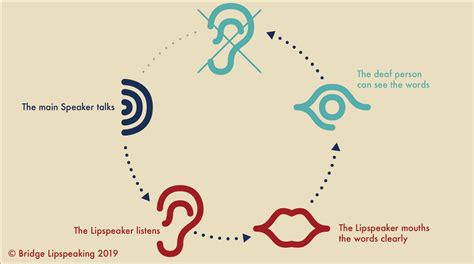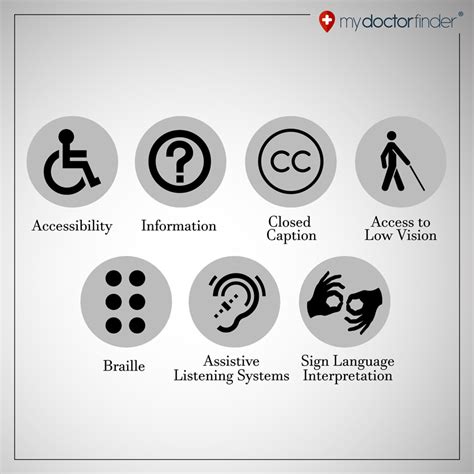The concept of accessibility symbols has become increasingly important in modern society, as it represents a crucial step towards creating a more inclusive environment for individuals with disabilities. The use of accessibility symbols, such as the wheelchair symbol, auditory system symbol, and Braille symbol, serves as a visual indicator of the availability of accessible facilities, services, and information. In this article, we will delve into the world of accessibility symbols, exploring their history, evolution, and significance in promoting equal access for all.
Introduction to Accessibility Symbols

Accessibility symbols are standardized visual representations that convey information about the accessibility features of a particular location, product, or service. These symbols are designed to be easily recognizable and understandable, allowing individuals with disabilities to navigate and access various environments with greater ease. The most commonly used accessibility symbols include the International Symbol of Accessibility (ISA), also known as the wheelchair symbol, which indicates the presence of accessible facilities such as ramps, elevators, and accessible restrooms.
Evolution of Accessibility Symbols
The concept of accessibility symbols has undergone significant evolution over the years. The first accessibility symbol, the wheelchair symbol, was introduced in the 1960s and has since become an internationally recognized standard. The symbol was designed by Susanne Koefoed, a Danish design student, and was initially intended to represent accessibility for individuals with mobility impairments. However, as the understanding of accessibility and disability has expanded, so too has the range of accessibility symbols. Today, we have a variety of symbols that cater to different types of disabilities, including visual, auditory, and cognitive impairments.
| Accessibility Symbol | Description |
|---|---|
| Wheelchair Symbol | Indicates accessible facilities for individuals with mobility impairments |
| Auditory System Symbol | Indicates availability of audio descriptions, sign language interpretation, or audio loops |
| Braille Symbol | Indicates availability of Braille materials or signage |
| Tactile Paving Symbol | Indicates presence of tactile paving or detectable warnings for individuals with visual impairments |
| Audio Description Symbol | Indicates availability of audio descriptions for visual content |
Importance of Accessibility Symbols

Accessibility symbols play a vital role in promoting equal access and inclusion for individuals with disabilities. By providing clear and consistent visual indicators of accessible facilities and services, accessibility symbols help to empower individuals with disabilities to make informed decisions about their participation and engagement. Moreover, accessibility symbols serve as a reminder of the importance of accessibility and the need for ongoing efforts to create more inclusive environments.
Benefits of Accessibility Symbols
The benefits of accessibility symbols are numerous and far-reaching. Some of the key advantages include:
- Increased independence and autonomy for individuals with disabilities
- Improved navigation and wayfinding in public spaces
- Enhanced accessibility and usability of products and services
- Increased awareness and understanding of accessibility issues
- Improved compliance with accessibility regulations and standards
Key Points
- Accessibility symbols are standardized visual representations that convey information about accessible facilities and services
- The wheelchair symbol is the most commonly used accessibility symbol, indicating the presence of accessible facilities
- Accessibility symbols cater to different types of disabilities, including visual, auditory, and cognitive impairments
- Accessibility symbols promote equal access and inclusion for individuals with disabilities
- The use of accessibility symbols is essential for creating more inclusive environments and promoting social participation
In conclusion, accessibility symbols are a crucial component of creating inclusive environments that promote equal access and participation for individuals with disabilities. By understanding the history, evolution, and significance of accessibility symbols, we can work towards creating a more accessible and inclusive society for all.
What is the purpose of accessibility symbols?
+Accessibility symbols are designed to provide clear and consistent visual indicators of accessible facilities and services, promoting equal access and inclusion for individuals with disabilities.
What are some common accessibility symbols?
+Some common accessibility symbols include the wheelchair symbol, auditory system symbol, Braille symbol, tactile paving symbol, and audio description symbol.
Why are accessibility symbols important?
+Accessibility symbols are important because they promote equal access and inclusion for individuals with disabilities, allowing them to navigate and participate in various environments with greater ease and confidence.



